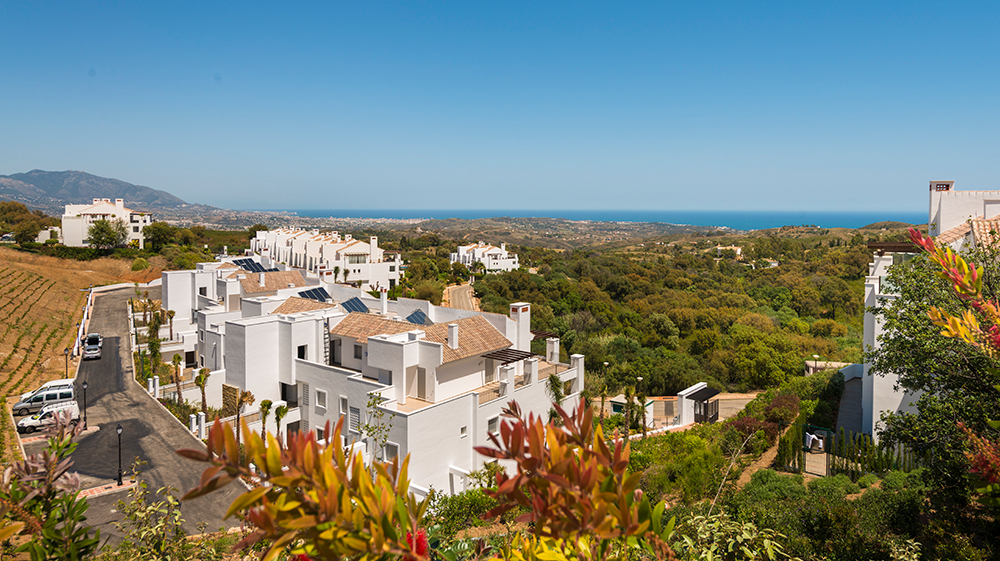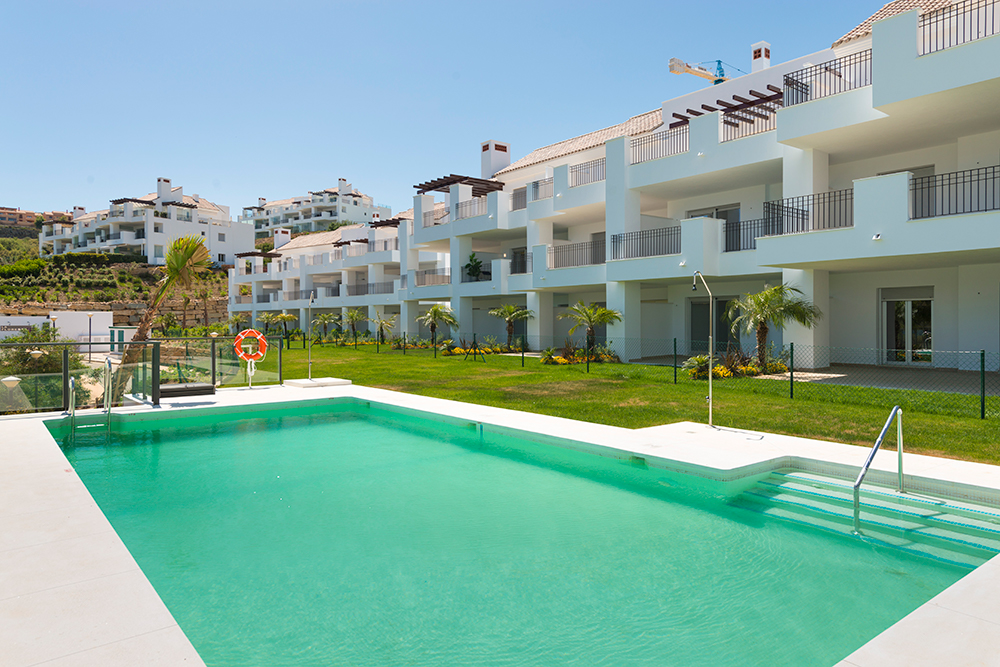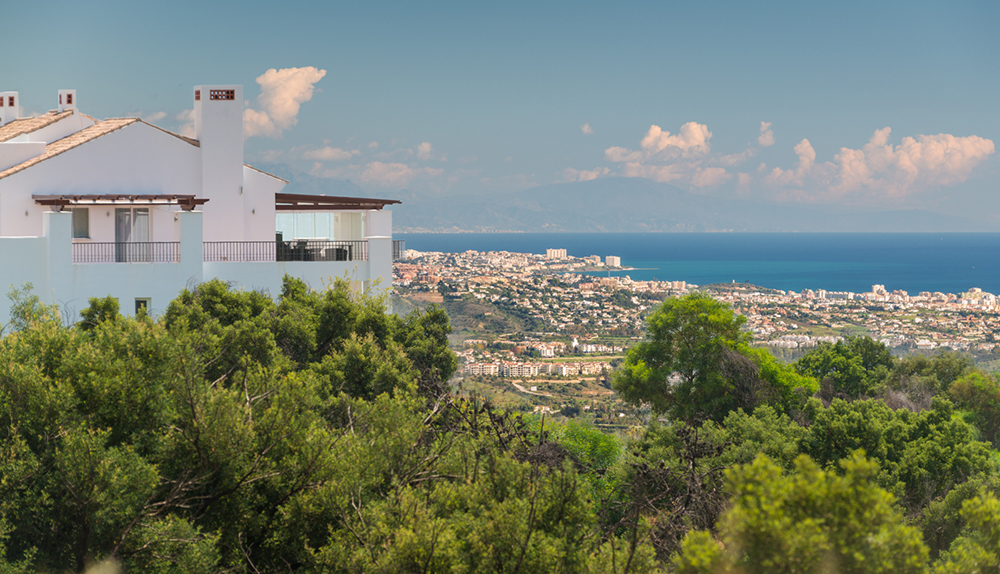Words by Sean Woolley, the founder and director of leading real estate agency Cloud Nine Spain.
As long as the sun continues to shine, the area of Southern Spain, and especially the Costa del Sol, will always have the ability to cast a spell on Northern Europeans who are becoming increasingly depressed with long harsh winters and unpredictable summers.

The area between Malaga and Sotogrande has always been a holiday hotspot, with the resorts established in the 60s and 70s, such as Torremolinos and Fuengirola, home to a plethora of high-rise three and four-star hotels, but the area further west, encompassing resorts and towns such as Mijas, Marbella, Estepona and Benahavis, offer a very different feel, with some of Europe’s very best hotels, together with some of the finest leisure, retail and sporting amenities available in the Mediterranean.
The area, which offers an average of 320 days of sunshine per year, has become a magnet for second homeowners over the last 20 years, especially since the advent of low-cost air travel with the likes of EasyJet and Ryanair, which has created plentiful and great-value commuter routes from virtually every European city. Many of these property investors have taken the plunge entirely by moving to the Costa del Sol on a permanent basis, drawn by the outdoor lifestyle, high-quality international schools and the improved connectivity and accessibility.

The Covid-19 lockdowns in 2020 have actually fuelled the already exciting desire of thousands more potential visitors and émigrés to Spain. Dispirited and depressed, most of the Northern European population is desperate for at least a holiday in the sun, and perhaps a longer stay. With the advent of home-working and flexible working practices, many people are seriously looking at basing themselves somewhere warmer and with a better lifestyle on a full-time basis. After all, why work from home in Middlesbrough or Mannheim, when you can do so from the comfort of your own home in warm and welcoming Marbella?.
2021 could present a perfect scenario for property investors in the Costa del Sol. New development has been on hold for the last 12 months, meaning the market in the strongest and most affluent coastal areas has not experienced an over-supply of new stock. Property owners have refused to panic during the pandemic, meaning that, unlike the global financial recession of 2008-2012, there has been no significant downward drag on prices. Having said that, some much-needed price corrections have taken place which has brought the market back into more sensible pricing parameters.

In terms of demand, 2020 saw consistent levels of interest from prospective buyers, especially at the higher end of the market, but the severe travel restrictions have led to a massive amount of pent-up buyer interest that we expect to see being satisfied once the skies open up again for travel in Q1 or Q2 in 2021. My advice to any investors would be to get into the market as early as possible in the New Year in case we see a mini-boom fuelled by this volume of pent-up demand, which may cause a price hike based on increased buyer competition, especially in already-popular areas such as the Golden Triangle of Marbella, Benahavis and Estepona.
With the expected surge in holiday bookings in 2021 and beyond, together with the shortage of good-quality, well-furnished homes available for long-term rental, there are genuine opportunities for real estate investors on the Costa del Sol. The key, as always, is to purchase in the right locations – ideally close to amenities – and to ensure that community fees don’t eat into your profit margins too much (in Spain, the landlord pays these fees).

Normally, the rule of thumb is that one week’s high season holiday rental equates to a month’s rental on a long-term let. An experienced real estate professional will be able to guide investors towards the best opportunities and provide income and cost estimates to assist with the budgeting forecasts.






















